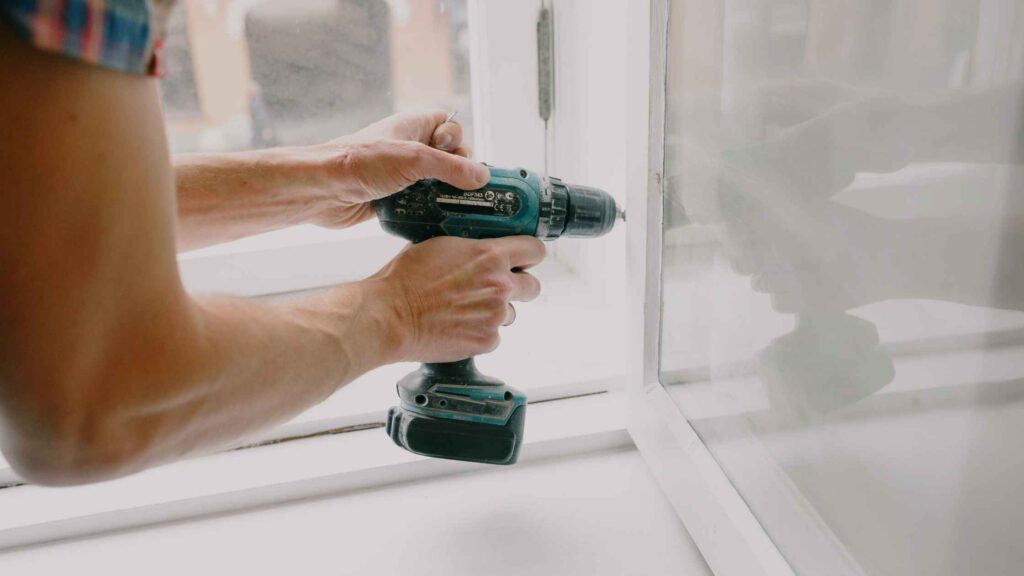Introduction
Living in a neighborhood that promotes connectivity and offers walkable streets has become increasingly important for many renters. The ability to easily navigate your surroundings on foot can enhance your daily life in numerous ways. In this article, we will explore the significance of neighborhood connectivity and walkable streets from a renter’s perspective, discussing the benefits, tips for finding a walkable neighborhood, and things to consider before making a rental decision.
The Benefits of Neighborhood Connectivity
Having well-connected neighborhoods with walkable streets offers renters a range of benefits. Here are some key advantages to consider:
1. Health and Well-being
Living in a walkable neighborhood encourages an active lifestyle. Instead of relying solely on cars, you can walk or bike to nearby amenities such as grocery stores, parks, or cafes. Regular physical activity has numerous health benefits, including improved cardiovascular health, weight management, and reduced stress levels.
2. Convenience and Time Savings
When essential amenities are within walking distance, you can save time and effort. Running errands or accessing services becomes hassle-free, as you can reach them conveniently. Additionally, in some urban areas, walking or using public transportation may prove quicker than driving due to traffic congestion.
3. Sense of Community
Walkable neighborhoods often foster a strong sense of community. With people out and about, interacting with their surroundings, it becomes easier to connect with your neighbors. This can lead to a support system, social opportunities, and a more cohesive neighborhood.
4. Environmental Benefits
Promoting walkability reduces vehicle dependency and, consequently, carbon emissions. By choosing a neighborhood with easily accessible amenities that minimize the need for excessive driving, you can contribute to a greener environment and help combat climate change.
Finding a Walkable Neighborhood
Now that we understand the benefits, let’s explore some tips for finding a walkable neighborhood that suits your lifestyle:
1. Research the Walk Score
Start by researching the walk score of potential neighborhoods. Walk score websites assess the walkability of an area based on proximity to amenities, public transportation, and other factors. A higher walk score indicates a more pedestrian-friendly neighborhood with easy access to various services.
2. Consider Proximity to Essential Amenities
Does the neighborhood have grocery stores, pharmacies, and healthcare facilities nearby? Evaluate whether your daily needs can be met within a reasonable walking distance. Access to parks, recreational areas, and quality schools are also valuable considerations.
3. Infrastructure and Safety
Pay attention to the infrastructure and safety features of the neighborhood. Sidewalks, well-lit streets, and crosswalks are crucial for pedestrian safety. Evaluate if the neighborhood promotes pedestrian-friendly infrastructures, making it safe and convenient to explore on foot.
4. Public Transportation and Bike-Friendly Areas
While walkability is important, proximity to public transportation and bike-friendly areas can enhance transportation options. Having easy access to buses, trains, or bike lanes can expand your reach and provide alternative modes of travel when needed.
5. Explore the Neighborhood
Before committing to a rental in a specific neighborhood, take the time to explore it on foot. Walk around, visit local cafes or parks, and observe the general atmosphere. This firsthand experience will help you gauge the overall walkability and find a neighborhood that aligns with your preferences.
Things to Consider as a Renter
While prioritizing walkability is important, there are a few additional factors that renters should consider:
1. Rental Costs
In highly walkable areas, rental costs may be slightly higher due to the demand. Evaluate if the benefits of living in a walkable neighborhood outweigh the potential increase in rental expenses.
2. Noise Levels
Usually, walkable neighborhoods see increased foot traffic and activity, which can result in higher noise levels. Consider whether you prefer a quieter environment or are comfortable with the hustle and bustle associated with walkable streets.
3. Future Developments
Research any planned or ongoing developments in the neighborhood. While new amenities or infrastructure projects can enhance walkability, they may also cause temporary disruptions or changes in the area’s dynamics.
Summary
Choosing a neighborhood with good connectivity and walkable streets can significantly enhance your renting experience. The benefits range from improved health and convenience to a stronger sense of community and environmental responsibility. By following the tips outlined above and considering relevant factors, you can find a walkable neighborhood that aligns with your lifestyle and preferences. Happy renting!







